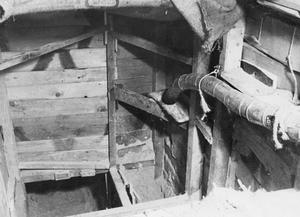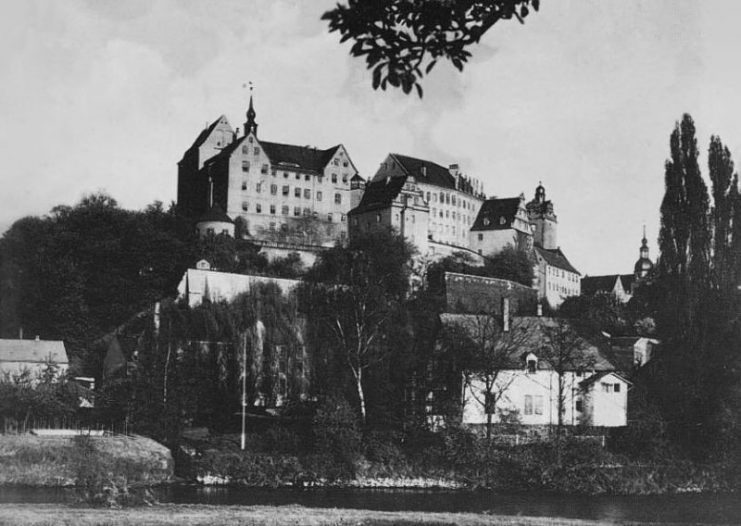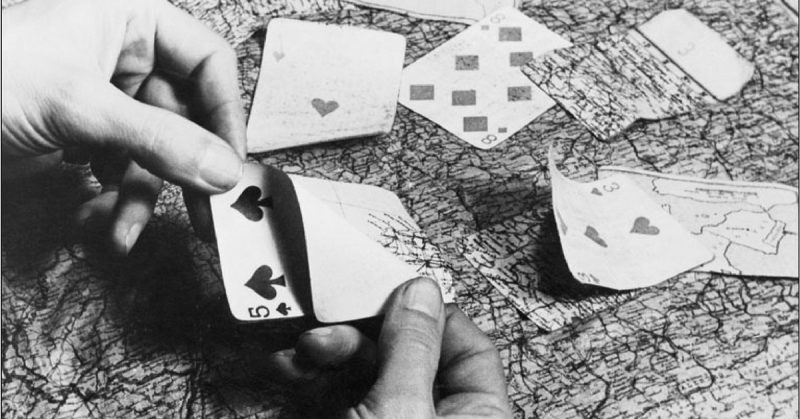Playing cards on the frontline has always been part of a soldier’s life. It was the simplest way to pass the time and to get your mind off the stressful everyday life in the war zone. In WWI, the United States Playing Card Company (USPCC) realized the importance of this accessory, and started producing cheap decks, affordable to soldiers who were going overseas to Europe, to fight on the Western Front.
Since then, the U.S. Army cooperation with the United States Playing Card Company has gone a long way. But it was the company’s brand Bicycle that took this cooperation to a whole new level.
During WWII, Allied intelligence officers contacted the brand belonging to USPCC in order to produce the most clandestine deck of cards in history. What the British and American intelligence agencies had in mind was to use the Geneva Convention to their advantage. Allied POWs scattered around camps across Germany and occupied Europe were guaranteed the right to receive mail and packages from the Red Cross, as long as the packages didn’t contain weapons of any kind.

Thus, the Allies saw this as an opportunity to smuggle useful objects to the POWs, in case they managed to organize an escape. The objects were disguised in order to avoid detection from the captors. This was how the United States Playing Card Company got involved in a top secret mission for producing a deck of cards that included a hidden map, showing escape routes, directions, and valuable tips and information which could help an escapee reach friendly lines or cross the border into a neutral country.
The map was concealed between the two layers which formed a playing card. Once submerged in water, the POW would peel off those layers and find a part of the map on each card. Then he would assemble the parts and voila―a functioning map of his area!
The decks were distributed during Christmas via the Red Cross Christmas parcels, which always contained a deck of playing cards to help the prisoners pass their time in captivity so the special packs went unnoticed by camp guards.
The now-famous, but once top-secret, map deck helped at least 32 people escape from Colditz Castle and encouraged more than 316 escape attempts. Very little is known about the details concerning the clandestine decks, even today, for it was kept a secret after the war as their use was a violation of the Geneva Convention.

Nevertheless, the unusual cooperation between Allied intelligence and the card-making company was very fruitful. So much so, that the Bicycle Playing Cards decided to commemorate the legendary deck by reprinting it in a series called BICYCLE® ESCAPE MAP PLAYING CARDS, which can be purchased regularly. The deck contains the map, but it has already been made visible on the front of the cards, so no moistening and peeling is required.
Even though the reproduction series are drawing more attention to the map deck, it remains unknown how many of the original decks have survived the war, apart from the two that serve as exhibits in the International Spy Museum in Washington, D.C.
As for further cooperation, Bicycle was the company behind the infamous Ace of Spades packs which were used in Vietnam for purposes of intimidation and psychological warfare. At the request of an officer serving in Vietnam, the company produced 1,000 decks consisting solely of 52 aces of spades, for the purpose of leaving them as calling cards cards on dead Vietcong and NVA soldiers.
Today, Bicycle Playing Cards can be found among the kit of American servicemen and women around the globe, as nothing beats a good old game of cards during rest and recuperation.
